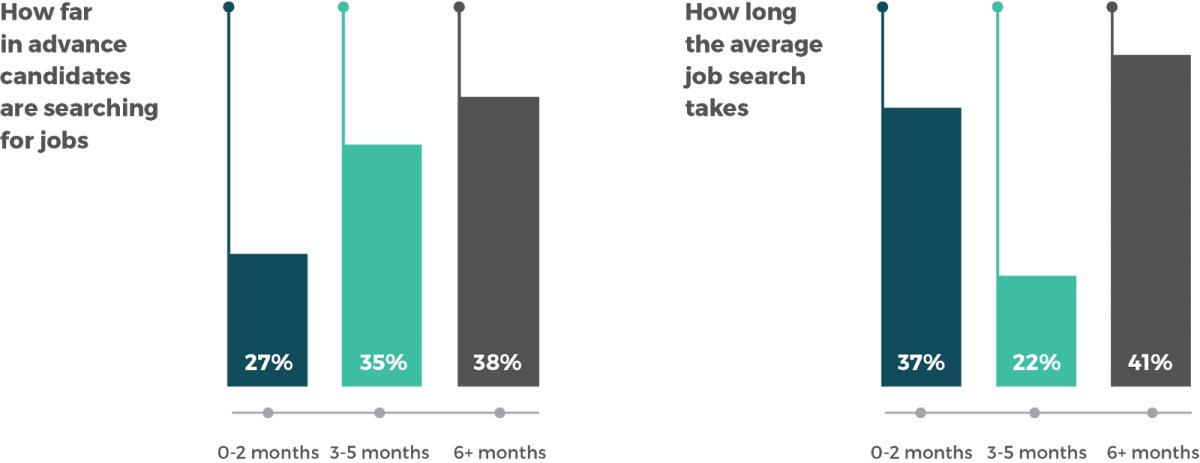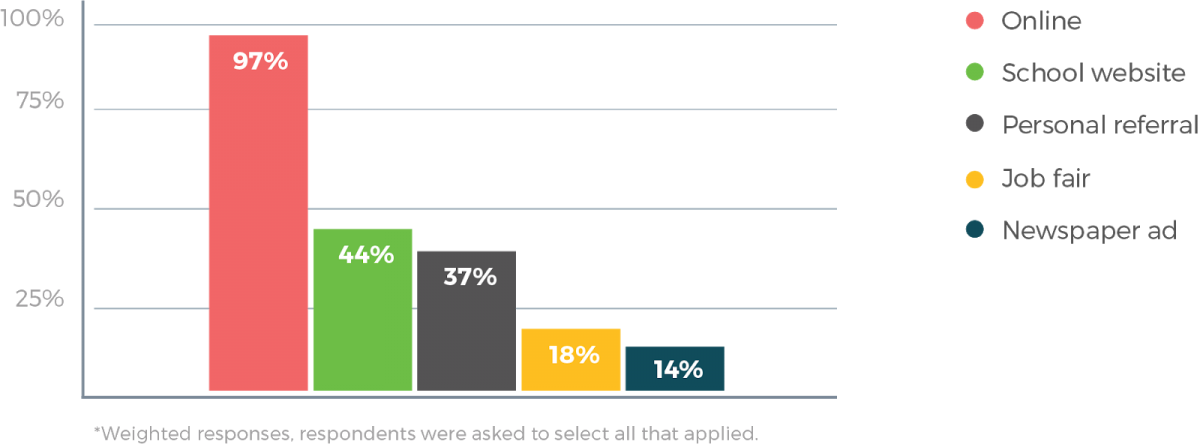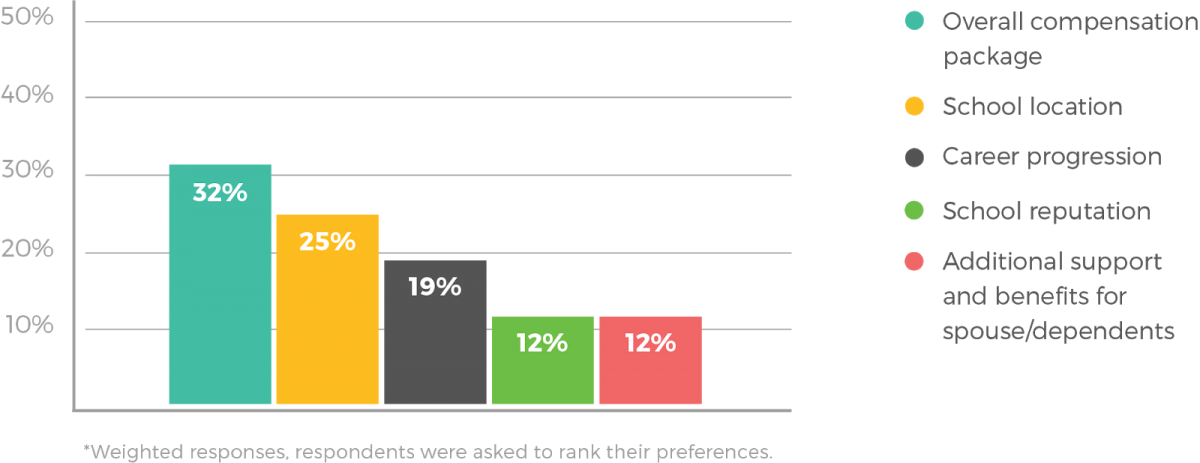Ash Pugh, Director of Operations at Teach Away
In part two of our four-part series, we look at the first part of the recruitment, onboarding and retention cycle: recruitment.
The ongoing cycle of teacher recruitment and retention
Teacher recruitment, onboarding and retention don’t happen in a linear sequence. They are interwoven and cyclical:

How well you, as a school leader, manage each stage of this lifecycle is not only key to attracting and retaining teachers. It will also become an increasingly important factor in determining which schools thrive and which struggle to maintain sufficient talent levels in an increasingly competitive space.
Onboarding is still recruitment – and vice versa.
Think about it.
By optimizing your hiring process to attract and engage candidates who are a close fit for your school culture, the likelihood is that these are the very candidates who will seamlessly integrate into and become productive members of your staff.
And the better your onboarding process works to help these new staff members adjust and find happiness in their new role and environment, the more likely they are to stay.
Finally, the more happy and productive teachers you can keep around, the less recruitment you’ll need to worry about – freeing up time and money for your school to focus on other ways to grow.
How can you make your hiring work better for you?
To help international schools understand what candidates are looking for and how to engage them, Teach Away recently surveyed over 10,000 educators. The results, published in our International Education Recruitment Report, outline a number of data-driven strategies to help you improve your recruitment process.
Let’s look at a few things you can do, right away, to stay competitive:
1. Make recruiting a year-round process
Our research shows that 73% of candidates prefer to start their job search anywhere from three to six months ahead of time and 41% of job seekers say it takes them over six months from when their job search begins to when they accept a job offer.
Candidates today want the ability to search for and apply for jobs on their own terms, not on the schedule that is most convenient for schools.

Source: Teach Away, International Education Recruitment Report 2017-2018. Download the complete report at www.teachaway.com/report.
2. Post your vacancies in the right place.
Relatively few candidates continue to use traditional job search methods, such as newspaper ads (3%) and job fairs (4%).
Among your target candidates, online recruitment is the new norm. Our research shows that 97% of teacher candidates are searching for jobs online – and education-specific job boards took the #1 spot as the most effective way to find teaching jobs abroad. This is a trend that rings true across all industries: 2015 research from the Pew Research Center revealed that 90% of all recent job seekers were searching for jobs online.
If you haven’t already done so, it’s high time to take a close look at the recruiting channels you’re using and ask yourself whether these are truly driving the highest number of qualified candidates to your school.

Source: Teach Away, International Education Recruitment Report 2017-2018. Download the complete report at www.teachaway.com/report.
3. Don’t forget that travel is a key motivator.
Candidates aren’t teaching abroad out of economic necessity – our research revealed that financial reasons and a lack of opportunities trailed behind, in third place and fourth place, respectively. Today’s international teaching candidate embraces the prospect of broadening their horizons and is serious about their career progression.
If you aren’t already doing so, it’s time to revamp your job postings to include compelling job content that showcases the benefits that make a position at your school impactful and rewarding.
Write a job posting that’s more than just a list of the things that you want in your ideal candidate. You need to get today’s travel-motivated teaching candidates excited about the place they’ll be relocating to.

Source: Teach Away, International Education Recruitment Report 2017-2018. Download the complete report at www.teachaway.com/report.
4. Help candidates see the big picture
Your candidates take a variety of factors into account when deciding which schools to apply for, including salary, location and career progression opportunities. While compensation undoubtedly plays an important role in a candidate’s decision, other benefits could ultimately have a greater impact.
Schools that can’t compete on compensation or location alone should bear in mind other factors – like culture among the staff – when positioning their school to candidates. That said, you should aim to keep your salary offers competitive with other schools in your region.

Source: Teach Away, International Education Recruitment Report 2017-2018. Download the complete report at www.teachaway.com/report.
5. You need to make your candidate feel wanted
On average, Teach Away candidates submit more than five applications to teach abroad per year, so it’s worth keeping in mind that the best candidates will likely have several options to choose from.
How candidates feel about you throughout the recruitment process will influence how they feel about you as a potential employer. Are applications being acknowledged? Are candidates being kept informed of their status in the process? Are they being treated as though they’re genuinely valued, appreciated and wanted?
If the answer to any of these questions is no, you’re risking losing out on the best candidates to other schools.
Check back next week for part three where we look at the second part of the recruitment, onboarding and retention cycle: onboarding.
This article originally appeared in the Spring 2018 edition of InterED, the bi-annual newsletter of the Association for the Advancement of International Education (AAIE).

